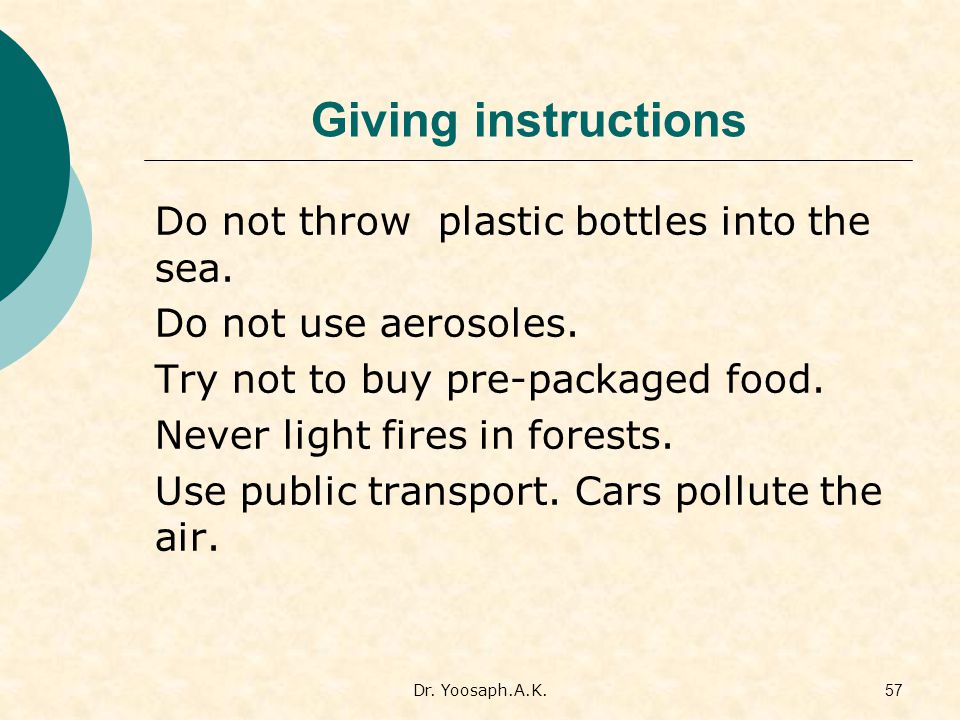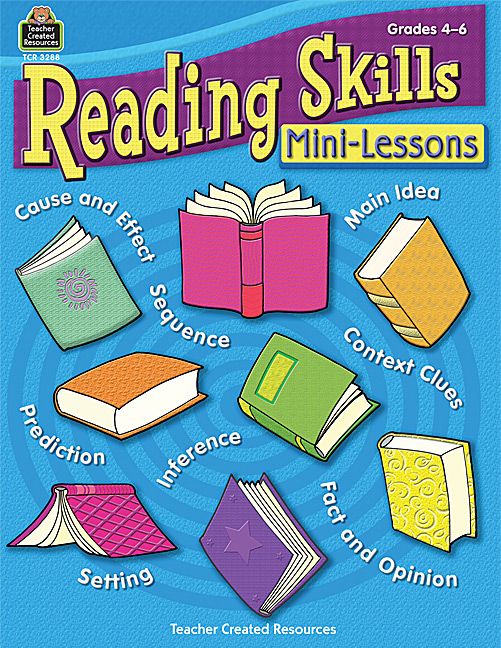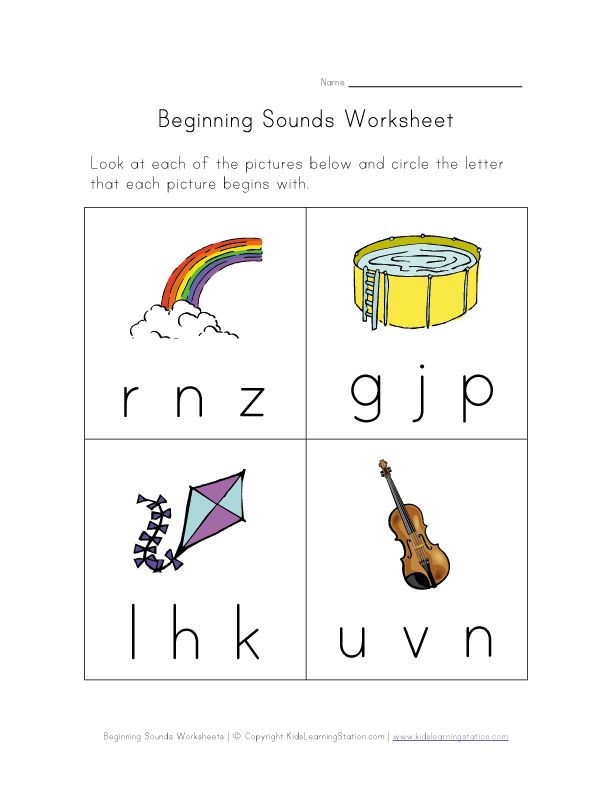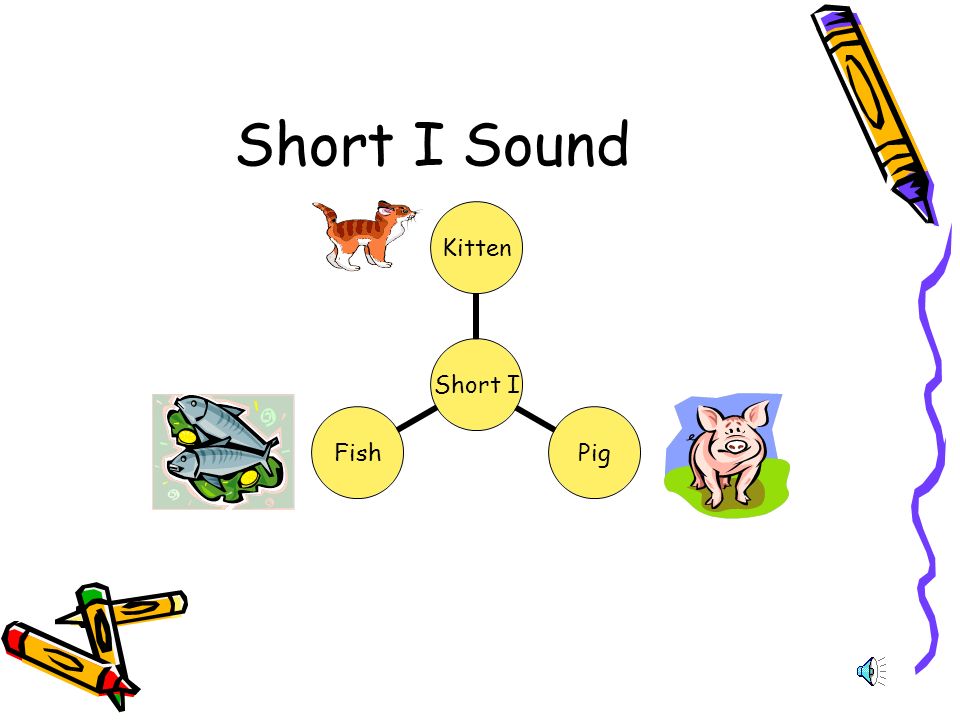How to follow instructions
How to become better at following directions
Credit: UNSPLASH
Reading time: About 4 minutes
Ever tripped up by directions? Learning to become better at following directions is a straightforward way to make yourself look smarter and to be more successful…
When I was setting up my first apartment more than 40 years ago, I can remember sitting in a sea of junk in my living-room: particle board panels, multiple Allen wrenches and IKEA-instructions on flimsy white paper. I stared at those instructions for hours, desperately trying to assemble my desk, but I just couldn’t do it.
The instructions might as well have been written in Greek or Swahili, for all I understood them. I eventually called for help from a friend, and even he had difficulty figuring them out.
Following directions is an important life skill and one that’s especially hard for some people. Attention Deficit Disorder (don’t tune out now if you don’t think you have it — I’ll explain why in a moment) and learning disabilities run in my family. I was lucky enough not to get ADHD and my learning disabilities are all related to math so as long as you don’t ask me the square root of 45, I’ll appear just like a typical person.
But people close to me have faced all of these challenges, and I’ve learned how to help them. In fact, I’m convinced that while ADHD is thought to affect somewhere between five and 11 percent of people, the percentage is likely higher in any community of writers and artists. Why?
People with ADHD are much more likely to be creative. So, if you’re drawn to creative work, odds are essentially higher you have ADHD. Now, I know many people believe that writing requires a great deal of focus and attention — attributes that people with ADHD aren’t likely to have. But here it’s important to understand that for people with ADHD, attention is selective. In fact, it’s likely that people with ADHD have greater attention for the small number of tasks that truly interest them — just lesser attention for everything else.
When I worked in a newsroom for 10 years, I was likely surrounded by writers with ADHD, even though I never knew that at the time. This is because working at a newspaper gave them the chance for a multitude of very short deadlines on a wide variety of topics. A perfect breeding ground for ADHD! (Also, they could smoke and drink lots of coffee, both recognized as ‘treatments’ — albeit not necessarily healthy ones — for ADHD.)
If you’re interested in learning more about whether you might have ADHD, understand that it’s found in adults as well as children and that it occurs more or less equally in males and females — it’s not just a thing for boys! If you are concerned, you should get yourself assessed by a mental health professional. Meanwhile, however, here is a quick test you can take, at no charge.
And whether you have ADHD or not, here is some advice on how to do a better job of following directions — as well as a better job of giving them:
How to follow instructions better:
- Ask for directions more often and ask specific questions about those directions.
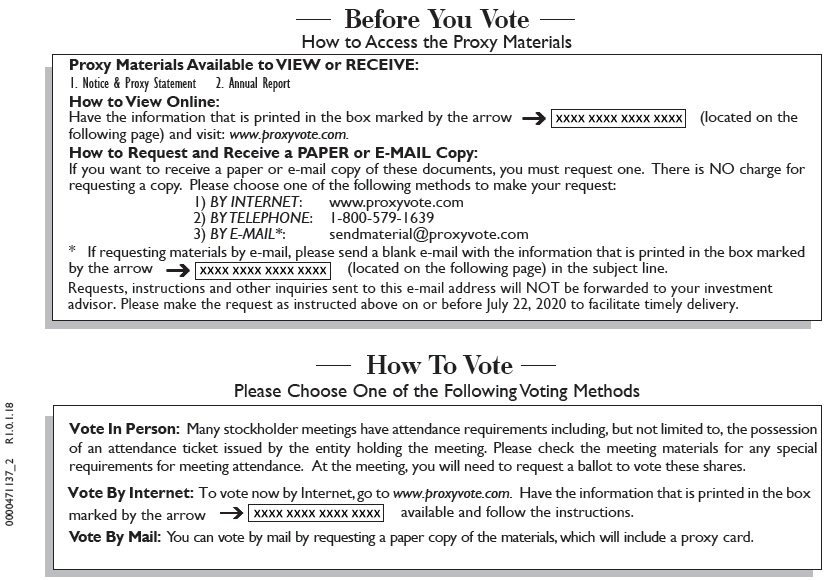 Make sure you fully understand the project and all the details of what you’re being asked to do.
Make sure you fully understand the project and all the details of what you’re being asked to do. - Get context for the task you need to do. Understanding the reason behind certain projects or tasks will help you make greater sense of what needs to be done.
- Understand your own learning style. Experts have identified seven different learning styles: Visual, auditory, verbal, physical, logical, social and solitary. In my case, I know I’m not a visual learner (those damn IKEA instructions!) and instead I’m much more comfortable with verbal and logical instructions. When I get instructions, I make sure they match a style I feel comfortable with.
- Look for distraction triggers
. If you know you’re at risk of going down the Twitter or Instagram rabbit-hole at any time then, for goodness sake, turn off social media while you’re getting or following directions. In fact, turn off your phone entirely.
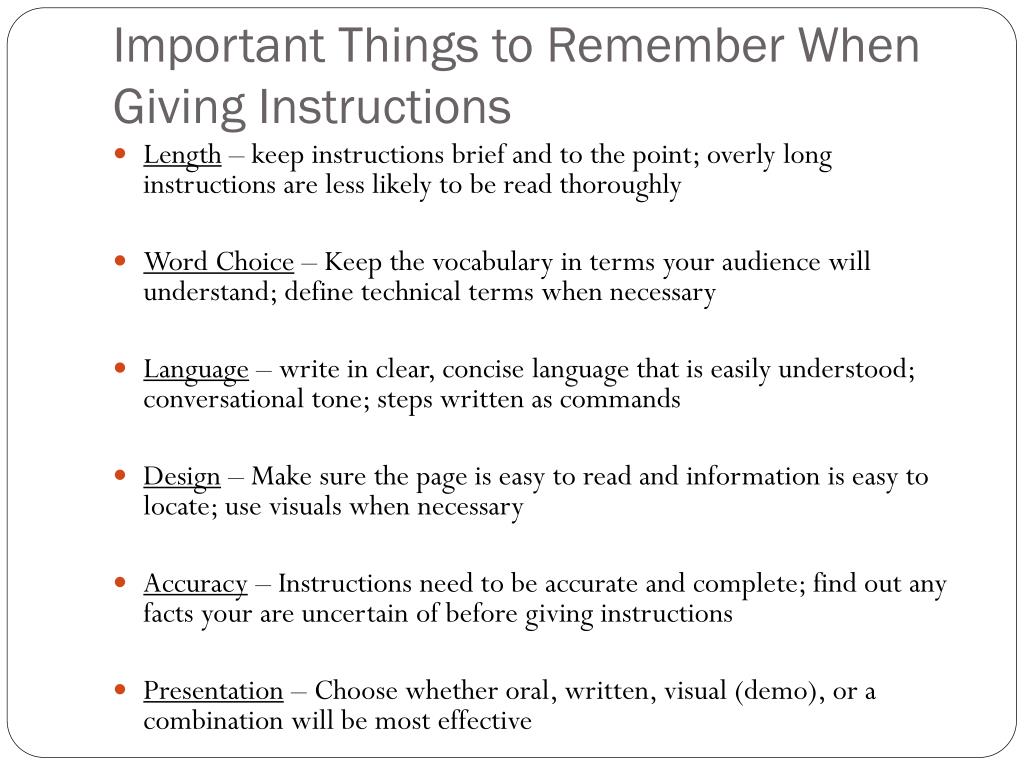
- Visualize yourself getting the task done. As you’re starting to follow a set of instructions, visualize yourself finishing them and, along the way, ask yourself questions like, “when will I be half-done here?” This kind of orientation will help keep you on track.
- Talk to yourself. Giving yourself a pep-talk will not only help you follow directions better, it’ll also help you stay focused on the task at hand.
- Practice by giving instructions to others. Teaching something is a great way to learn it. You’ll start to recognize tricks and techniques you can use to help yourself.
How to give better instructions
- Give directions in a helpful, non-aggressive way. Put yourself in the shoes of people who will be receiving your directions and figure out in advance what it is they need to know. Be cheerful and friendly, not dictatorial.
 Invite plenty of questions.
Invite plenty of questions. - Be specific, not vague. If something needs to be done in a specific way then tell people that for goodness’ sake! Don’t ever expect others to read your mind.
- Give context for the task you need done. Understanding the reason behind certain projects or tasks will help your employees/subordinates make greater sense of what needs to be done.
- Make allowances for different learning styles. Experts have identified seven different learning styles: Visual, auditory, verbal, physical, logical, social and solitary. Make sure you understand the learning needs of the people on your team and provide them instructions in a manner that’s going to best suit them.
- Don’t micromanage. It’s often tempting to think that everything should be done exactly the way you would have done it yourself. Instead, understand that people will respond best if they have room to use their own preferred styles and methods.
 And, hard as it may be, you also need to leave them room to fail from time to time.
And, hard as it may be, you also need to leave them room to fail from time to time.
There’s an enormous payoff for becoming better with instructions. Acing the act of following and giving instructions can simplify what you have to do, increase your effectiveness, eliminate confusion, and save time. All wins – no losses.
*
Need some help developing a sustainable writing routine? Learn more about my Get It Done program. The group is now full but there is turn-over each month, and priority will go to those who have applied first. This would be a terrific program to start in the new year! You can go directly to the application form and you’ll hear back from me within 24 hours.
*
My video podcast last week addressed how to deal with supply chain problems in publishing. Or, see the transcript, and consider subscribing to my YouTube channel. If you have a question about writing you’d like me to address, be sure to send it to me by email, Twitter or Skype and I’ll try to answer it in the podcast.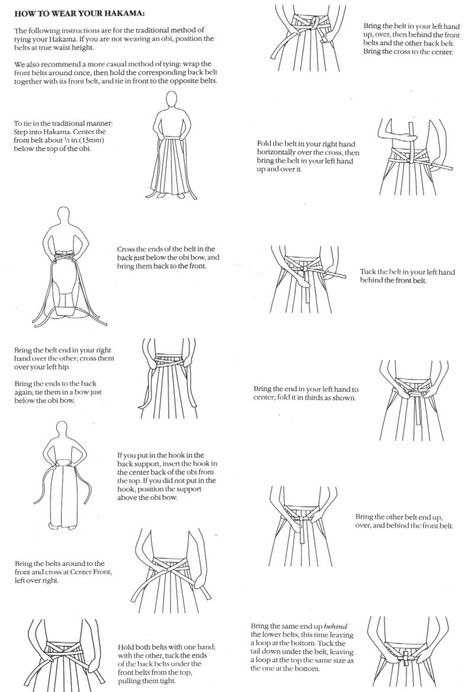
*
How’s your skill at following directions? What tricks do you use? We can all learn from each other so, please, share your thoughts with my readers and me in the “comments” section below. Anyone who comments on today’s post (or any others) by Nov. 30/21 will be put in a draw for a digital copy of my first book, 8 1/2 Steps to Writing Faster, Better. Please, scroll down to the comments, directly underneath the “related posts” links, below. Note that you don’t have to join Disqus to post. See here to learn how to post as a guest. It’s easy!
10 Tips to Help Kids Follow Directions
Some kids with learning and thinking differences have trouble following directions. Here are 10 ideas for helping your child improve.
1. Ask for your child’s attention.
Giving directions when your child isn’t focused on you could set both of you up for failure. Ask for your child’s attention by saying, “Look toward me, please.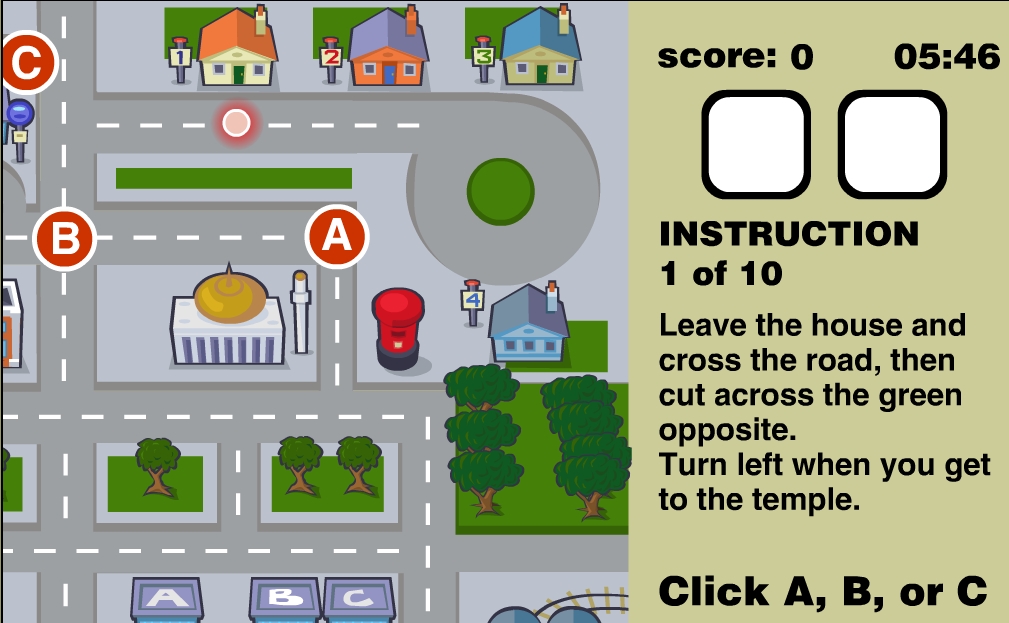 I need you to listen now.” Some kids have a difficult time with the nonverbal aspects of language. Asking your child to look toward you, instead of looking you in the eye, takes that into account. You can make it easier by moving into your child’s line of sight.
I need you to listen now.” Some kids have a difficult time with the nonverbal aspects of language. Asking your child to look toward you, instead of looking you in the eye, takes that into account. You can make it easier by moving into your child’s line of sight.
2. Minimize distractions.
Once you have your child’s attention, you want to keep it. It can be hard for kids to hear and follow directions while they’re playing video games or when the TV is on in the background. Minimize any distractions before giving directions. Turn off the TV. Ask your child to put down the game or book. Make sure your child is looking toward you.
You can model this behavior by giving your child your full attention when giving instructions. That also shows your child that what you’re saying is important.
3. Speak quietly.
It may be tempting to speak louder or speak over your child when there is something you need to say or get done. But you may capture your child’s attention better by speaking in a softer voice.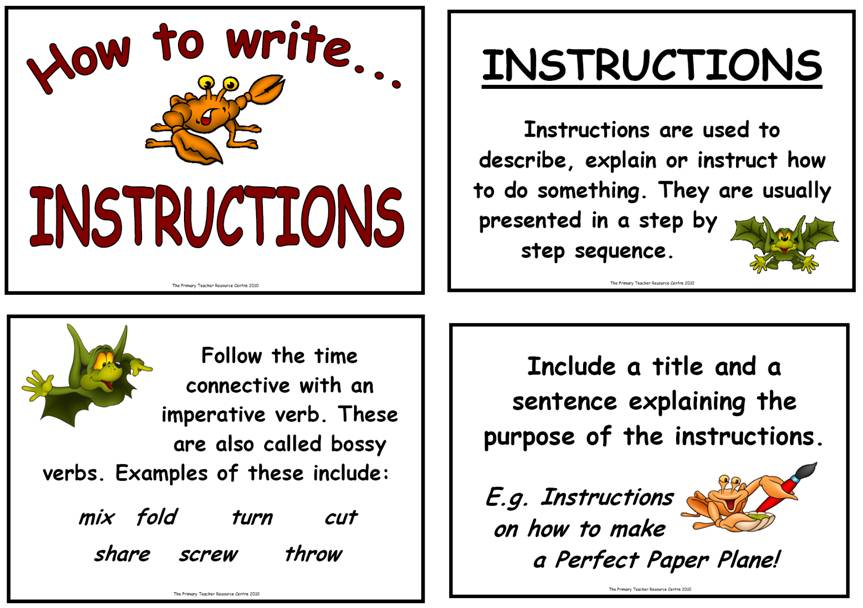 Give directions in a calm, even tone. Kids may be able to focus more easily on the substance of what you have to say when they don’t have to process the tone and the volume, too.
Give directions in a calm, even tone. Kids may be able to focus more easily on the substance of what you have to say when they don’t have to process the tone and the volume, too.
4. Use “wait time.”
Teachers often use “wait time.” So do educational TV shows for kids. “Wait time” is that three- to seven-second pause after you say something or ask a question. Research shows that kids process better what you have to say — and respond to it appropriately — when they let it sink in.
Your child still may not follow directions or answer your question after that pause. If so, it’s OK to repeat what you said.
5. Check for understanding.
Checking for understanding goes hand in hand with giving your child some “wait time.” Ask your child to repeat your directions back to you. It’s also helpful to ask kids to explain your directions in their own words. It gives them a chance to ask questions. It also gives you a chance to clarify what you said in case your child misunderstood anything.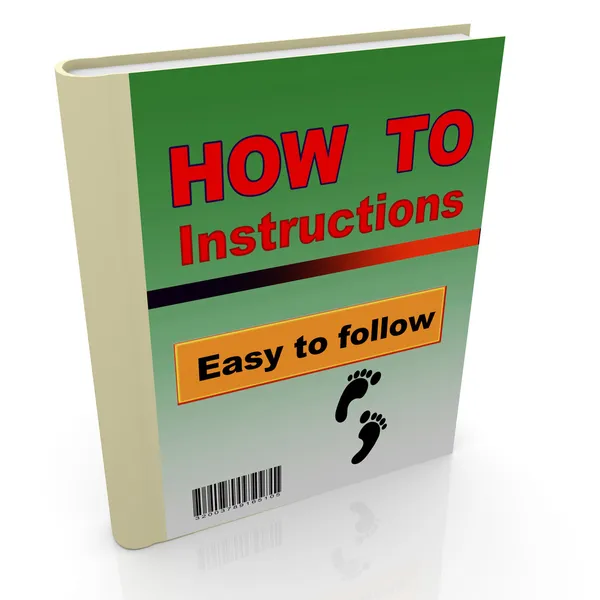
6. Tell, don’t ask.
Many parents phrase directions as questions, such as, “Would you set the table, please?” Kids may think they have a choice about following directions. Rephrase what you said so that you are telling your child what to do instead of asking: “Set the table, please.”
7. Give instructions one at a time.
Younger kids with learning and thinking differences may have trouble following a sequence of steps. You may say, “Please set the table, wash your hands, and tell your sister it’s time to eat.” Your child, however, might get stuck after setting the table. Give directions one at a time, when possible.
If you can’t break directions down into steps, try to group things together in ways that make sense. For example, “While you’re upstairs washing your hands, please tell your sister it’s time to eat.”
8. Number your directions.
Help your child follow multi-step directions by actually putting a number to them. Typically, people can hold up to four things in their at a time. This is easier to do when the things are connected or when there’s a way to make them more memorable.
This is easier to do when the things are connected or when there’s a way to make them more memorable.
Say things like “There are three things you need to do,” or use words like first, second, then, next, and last. That can help your child keep all the steps in mind — or at least remember that there was more to the directions.
9. Be precise in what you say.
Kids who have problems with planning and organization or language may have trouble with vague directions. You may think your child isn’t following the direction to “Please go clean your room.” But sometimes kids are really having trouble figuring out how to get started.
Be specific. For example, you may get better results if you break the job into smaller tasks: “Please put your laundry away. Then pick up the trash from the floor. And then make your bed.”
10. Use visual cues.
Kids who have language processing issues can have a hard time following spoken directions.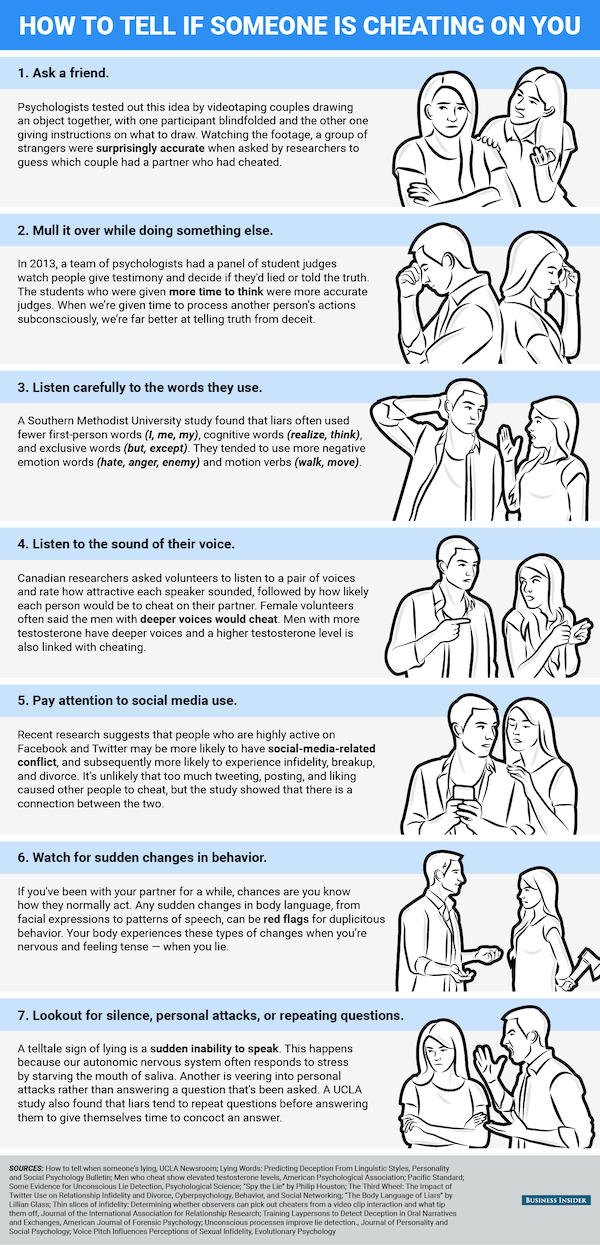 Consider using visual cues, too. For example, point out what needs to be cleaned. You can also demonstrate what you’re asking your child to do. For instance, “Please set the rest of the table the same way I’m setting this spot.”
Consider using visual cues, too. For example, point out what needs to be cleaned. You can also demonstrate what you’re asking your child to do. For instance, “Please set the rest of the table the same way I’m setting this spot.”
Related topics
Following instructions
Strategies and tips
How to make a team follow the instructions: 3 rules
03 Nov 2021
Dozens of instructions and regulations are needed to make a company systemic. My company is faced with this almost daily, because we are simultaneously running more than 300 consulting projects in the CIS countries, America and Taiwan.
And by the way, the mentality of the inhabitants of countries from different parts of the world is not at all different in terms of instructions and regulations: it is much easier for everyone to ignore them.
Let's look at how to get employees to follow the rules of the manager.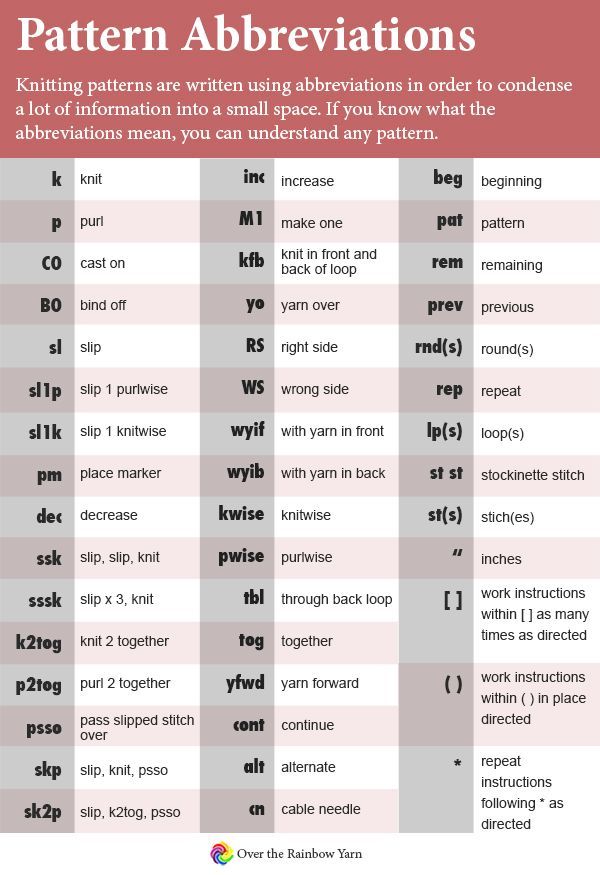
Why instructions
Managers create instructions and regulations in an attempt to optimize performance. But they are faced with the fact that employees sometimes not only do not follow them, but do not even read them. However, without these tools it is impossible to put things in order in the company and take important steps to build the system.
I have defined a clear sequence that helps make the rules work.
Step #1: Write in plain language
For instructions to be followed, employees must understand them. Surprisingly, many people today are not able to understand instructions at all. In order not to complicate their understanding, write as simply as possible. Do not use abstruse words: an instruction is not a dissertation.
My approach to developing these documents is to write in a way that a sixth grade student can understand. This must be counted on and based on the realities of today.
Case from life
I remember my conversation with the owner of a large boiler manufacturing company.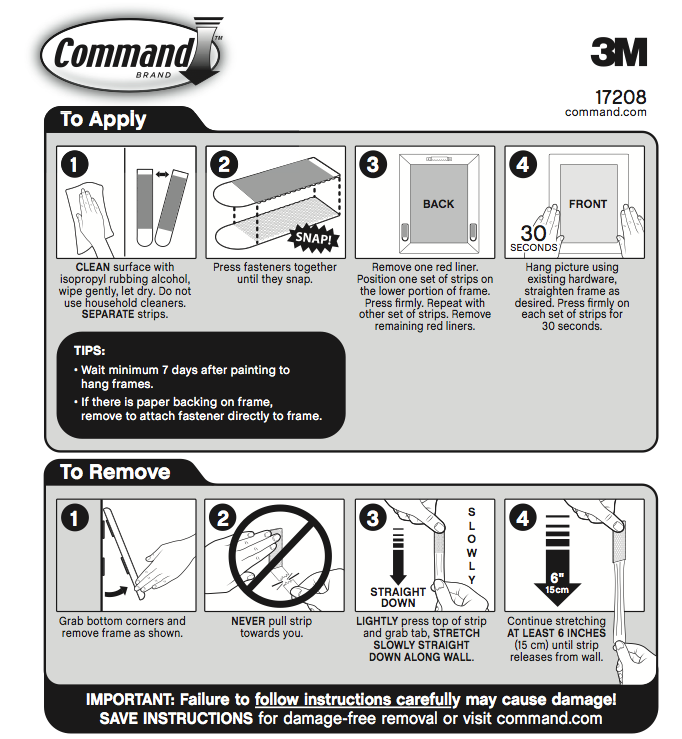 He shared that he had implemented ISO 9001 (international management system standard) at one of the enterprises.
He shared that he had implemented ISO 9001 (international management system standard) at one of the enterprises.
The company was located in the outback and was responsible for the production of fittings (pipeline connectors). And so the owner almost in a whisper asked me: “What can I do to make these standards really start working?”
Alexander Vysotsky
I asked them to read the five regulations they had to follow. I calculated that while reading the first 20 pages of one of them, I turned to the dictionary 15 times . I simply did not understand some of the special terms in the context of this regulation. That is, I knew the meaning of the words, but not everything came together in the big picture.
The problem is that these regulations were written by a man of science. Such people have a special view of the world, and they express their thoughts in a very abstruse way - they strive to impress others with their level of intelligence.
I told the owner about this and admitted that if I tried to implement such instructions in my business, I would be defeated. They are written not for ordinary employees, but for scientists, narrow specialists, and so on.
They are written not for ordinary employees, but for scientists, narrow specialists, and so on.
How to help employees
So, in order for the regulations to start working, you need to simplify them and remove all abstruse words. You can always write in simple human language. If special terms are needed, then you can disclose them in detail directly in the text of the regulation.
Step #2. Gain understanding
Even if you have completed the first step with brilliance and written instructions without complex structures, explained all the terms, do not rush to celebrate success. Employees must understand even such a simple text, for which you need to train them. You will have to chew through every major idea of the instruction, make sure the team understands everything.
This naturally takes time. And, if you have a large company, you need to delegate this responsibility, but not to the leaders, because they do not have enough time for this.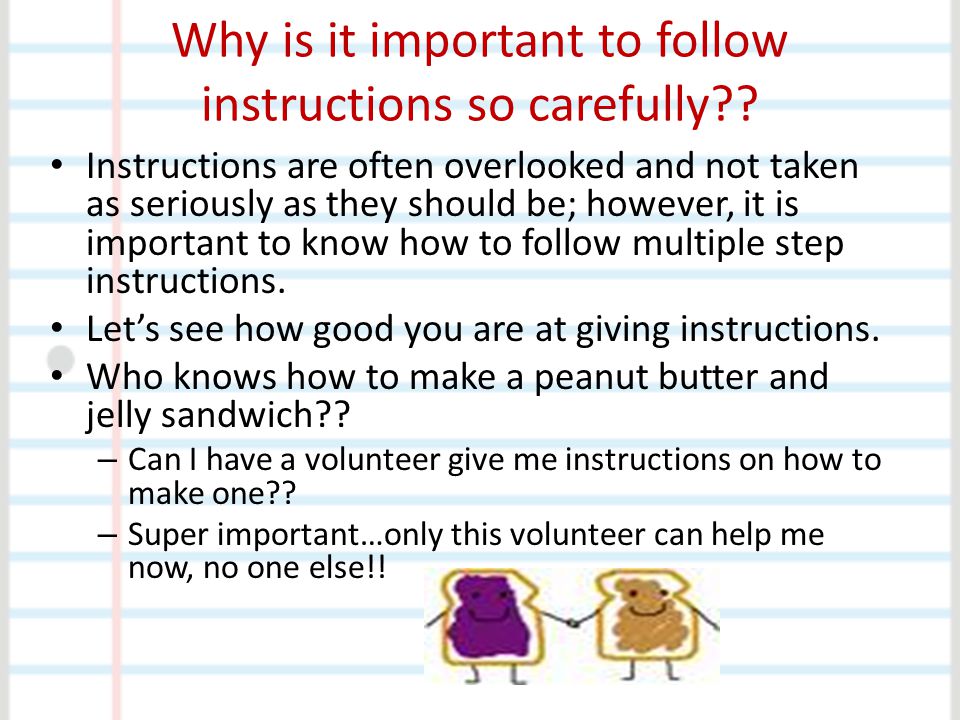 In the next step, I will explain who is responsible for this in my company and why.
In the next step, I will explain who is responsible for this in my company and why.
How to organize a test
You can test your knowledge of the regulations using a test or a survey. But they should be focused not on cramming, as in a university, but on the practice of application: how will you act in this situation, but how - in this one. Make short and simple tests and ensure that all whose field of activity is related to the new instruction pass.
Step No. 3. Control
You have successfully completed the first two steps: you wrote a good instruction, the employees read it and even started to implement it. But don't rest on your laurels. The fact is that people who work in any organization face pressure, and this forces them to deviate from instructions, even if they know them perfectly well.
Therefore, your company should have people who control the execution. Otherwise, following the instructions will degrade, that is, deteriorate over time.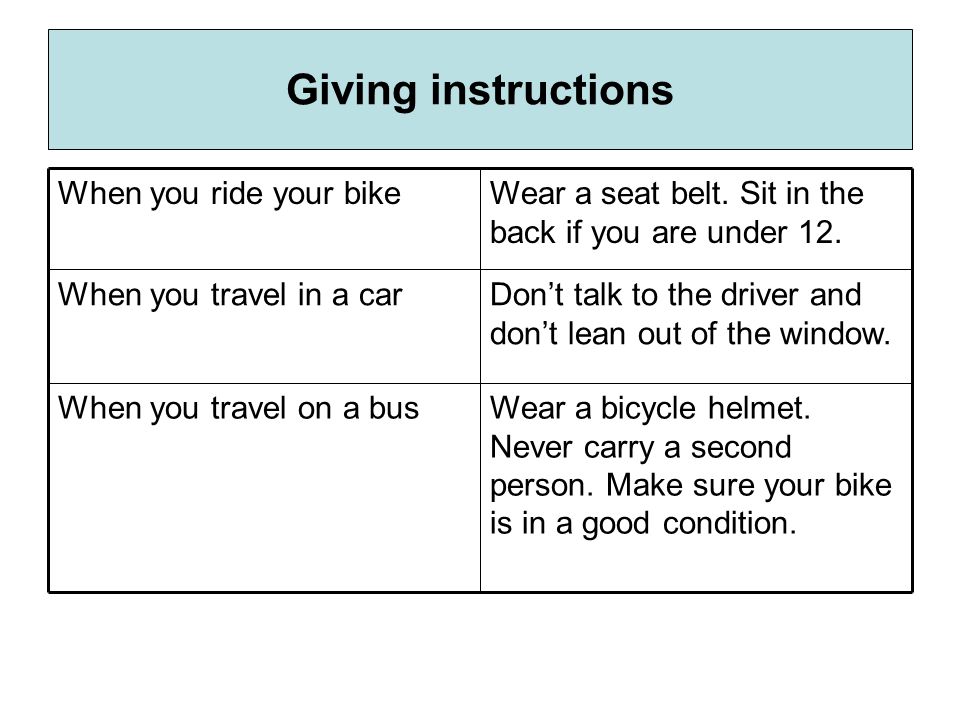 Without control, everything will fall apart.
Without control, everything will fall apart.
Who should monitor compliance with the instructions
In my company, the construction department, that is, the personnel department, is responsible for this area. Monitoring the implementation of regulations is one of its functions.
Checking how people follow pre-existing guidelines should be part of your HR routine. Its employees should not threaten their colleagues and shake their fists if they see deviations from the regulations. This is a normal process, so a polite reminder will suffice. If there is a soft check, the instructions work great.
Total
Yes, there are people who will systematically break the rules, then the HR manager will be able to involve the immediate supervisors of such employees. But you need to understand that the main thing in this is to make sure that deviations from the instructions do not go unnoticed, do not accumulate like a snowball, and do not increase organizational chaos.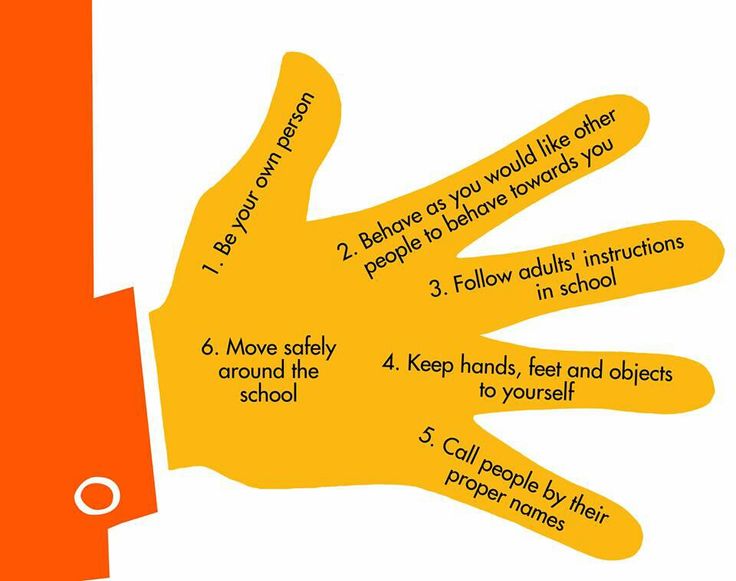
Each instruction should bring order, not aggravate the situation.
Telegram channel of the author of the article
This material is not editorial
This is the personal opinion of its author. The editors may not share this opinion.
hrinstructionsTeamRegulations
All author's publications
Top articles of the week
Vacancies
Post a vacancy
2 more vacancies
Special projects
0082 November's Top ArticleWeekly Top Stories
Why it's important to follow the rules
Why it's important to follow the rules | Big Ideas Personal qualities and skills Boris Shcherbakov You and I live in a world governed by a variety of rules and conventions that are equated to them.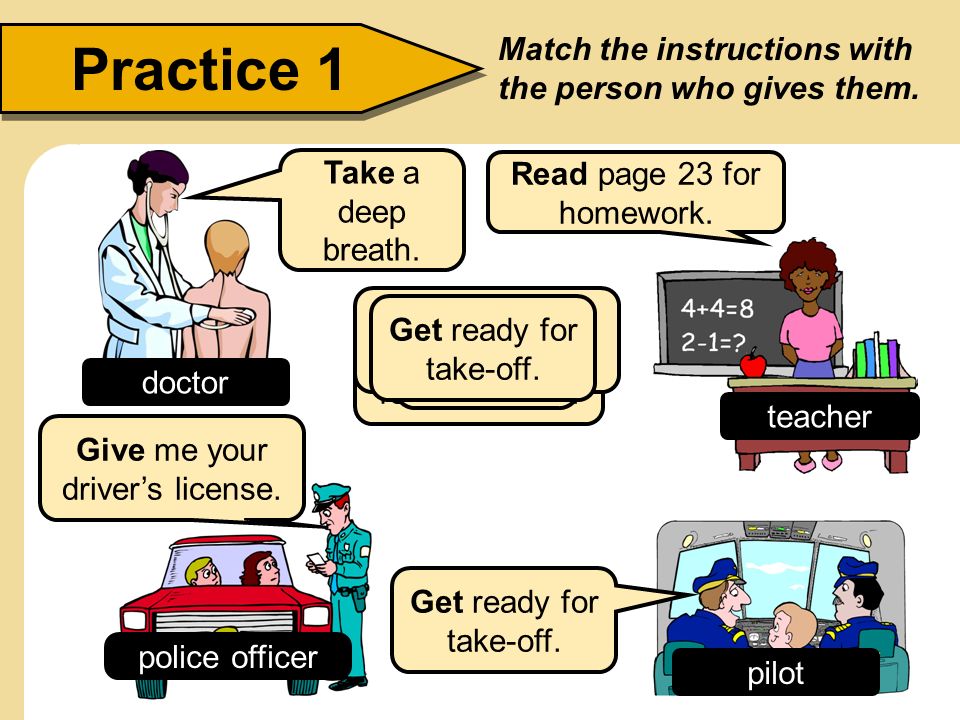 The hostel rule assumes that all participants in the process understand approximately unambiguously what can and cannot be done. For example, you can't laugh out loud in closed rooms, you can't spit on the subway, you can't dress pretentiously for a reception with an important person.
The hostel rule assumes that all participants in the process understand approximately unambiguously what can and cannot be done. For example, you can't laugh out loud in closed rooms, you can't spit on the subway, you can't dress pretentiously for a reception with an important person.
For some reason, the concept of etiquette is attributed only to higher spheres, they say, this is something historical or the life of diplomats. In fact, etiquette and its established rules exist everywhere, in the most ordinary life, and are of great importance for any person, and especially for a corporate careerist. Following the vowels (regulations, instructions, guidelines) and tacit (accepted norms of socially significant behavior) rules of etiquette in the company is a necessary condition for working in the corporate coordinate system, simplifies many tasks and opens the doors of large offices.
Alas, according to my many years of observation, the Russian careerist is very indifferent to the regulations and rules of corporate etiquette, which complicates his own fate, and often simply puts an end to career growth. A vivid example of this is the communication of people among themselves, with colleagues and superiors. As well as communication during public events, such as the notorious group dinners for team building (clumsy translation of the term "team group dinner") - it is customary to actively communicate with colleagues from other countries (including management), take the initiative in a conversation, if you receive guests from abroad, and it is not at all customary to bunch up with colleagues from your office on the principle of common interests, and even communicate in Russian, cutting off foreign visitors from the topic.
A vivid example of this is the communication of people among themselves, with colleagues and superiors. As well as communication during public events, such as the notorious group dinners for team building (clumsy translation of the term "team group dinner") - it is customary to actively communicate with colleagues from other countries (including management), take the initiative in a conversation, if you receive guests from abroad, and it is not at all customary to bunch up with colleagues from your office on the principle of common interests, and even communicate in Russian, cutting off foreign visitors from the topic.
Read the material on the topic: Career Impressionism
I often had to force my managers to sit down at such meetings-dinners, to force them to communicate with foreign colleagues, which, in my opinion, is somewhat absurd: “Guys, this is your destiny and career, use the tool take the bull by the horns!" It is quite obvious to me that such a stupid model of behavior crosses out the real production achievements of people, creates a negative background for themselves, as well as for me as their boss.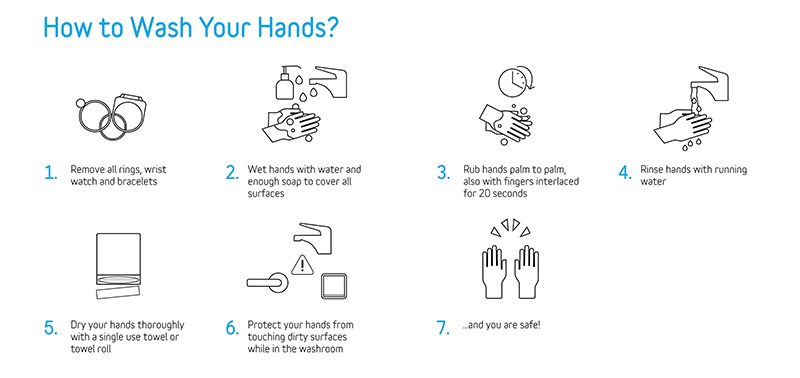 This is a double blow to the reputation of the business unit. The ability to actively, sometimes deliberately active communication in English (which is mandatory) during mass events abroad, conferences, trainings, seminars is an important criterion for belonging to the corporate world, it emphasizes the ability to play by the rules, knowledge of a kind of communication etiquette. It is unlikely that you will be able to sit out and keep silent at a work-shop or an off-site dinner with your superiors, but if you persist and do not get involved in secular or industrial conversations, then blame yourself. In the next possible case, your candidacy from the list of applicants for promotion will most likely be excluded according to formal criteria (“uncommunicative”).
This is a double blow to the reputation of the business unit. The ability to actively, sometimes deliberately active communication in English (which is mandatory) during mass events abroad, conferences, trainings, seminars is an important criterion for belonging to the corporate world, it emphasizes the ability to play by the rules, knowledge of a kind of communication etiquette. It is unlikely that you will be able to sit out and keep silent at a work-shop or an off-site dinner with your superiors, but if you persist and do not get involved in secular or industrial conversations, then blame yourself. In the next possible case, your candidacy from the list of applicants for promotion will most likely be excluded according to formal criteria (“uncommunicative”).
Advice to careerists: whenever possible, use group events abroad or in Russia for maximum involvement in discussions, conversations, disputes on any issues - this is accepted, this is part of business etiquette and a way to show your activity, and just your intelligence at the end ends, if possible.